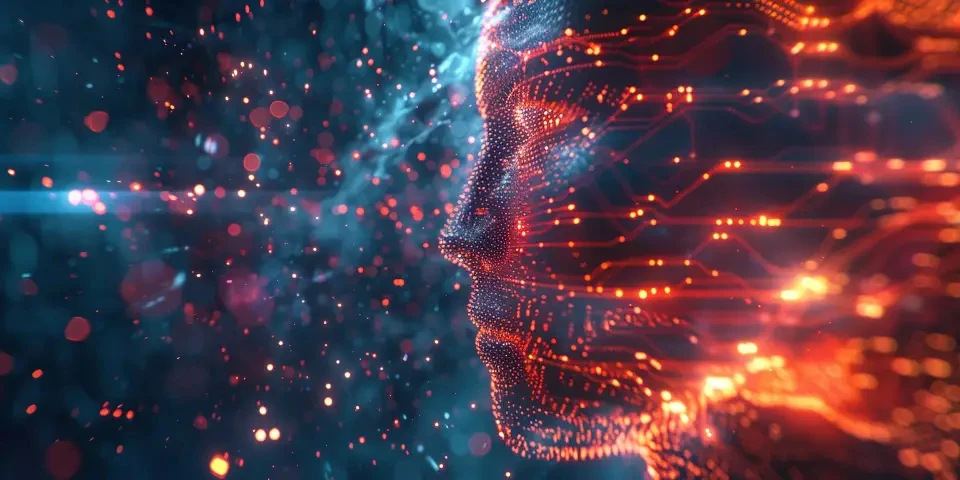Navigating the Future AI-Generated Images for Accurate Maps and Navigation
Maps and navigation have become an integral part of our daily lives, aiding us in finding our way to new destinations and avoiding the labyrinthine streets of unfamiliar cities. While traditional maps and GPS systems provide valuable information, the advent of AI-generated images has revolutionized the accuracy and user experience of modern maps and navigation. In this article, we will explore the benefits and implications of AI-generated images in the realm of maps and navigation.
1. Enhanced Realism
AI-generated images have the ability to create incredibly realistic visuals, replicating the appearance of landscapes, buildings, and streets with astonishing accuracy. This heightened realism enhances the user experience by providing a more intuitive and easily recognizable representation of the physical world.

Furthermore, these realistic images enable users to identify landmarks and navigate with greater ease, eliminating the frustration of misinterpreting traditional maps.
2. Dynamic Updates
Traditional maps often become outdated due to the ever-changing nature of our environment, with new developments and constructions altering the physical landscape. AI-generated images, however, can be continuously updated to reflect these changes, ensuring that users have access to the most accurate and up-to-date information for their navigation needs.
Additionally, AI algorithms can identify temporary road closures, traffic congestion, and other real-time events, providing users with alternative routes or suggesting possible delays. This dynamic nature of AI-generated images allows for optimized navigation in real-time.
3. Improved Object Recognition
AI-generated images excel in identifying and categorizing objects, allowing for enhanced object recognition on maps. This capability enables users to easily locate points of interest, such as restaurants, gas stations, or landmarks, without the need for extensive searching.
Furthermore, AI can analyze and label various structures and terrains, ensuring that users can identify important landmarks and make more informed navigation decisions.
4. Augmented Reality Integration
AI-generated images can be seamlessly integrated with augmented reality (AR) technologies to provide users with an immersive navigation experience. By overlaying AI-generated visuals onto the real-world environment through a smartphone or AR glasses, users can receive real-time guidance and directions overlaid directly on their field of view.
This integration of AI-generated images and AR technology has the potential to revolutionize the way we navigate, allowing for a more intuitive and interactive navigation experience.
5. Improved Accessibility
AI-generated images have the potential to significantly improve navigation accessibility for individuals with visual impairments. Through text-to-speech capabilities, AI algorithms can provide audio descriptions of surroundings, landmarks, and navigation instructions, enabling visually impaired individuals to navigate independently.
This advancement has the potential to enhance the mobility and independence of individuals with visual impairments, empowering them to explore and navigate the world more effectively.
6. Privacy Concerns
While AI-generated images provide numerous benefits, concerns over privacy and surveillance cannot be ignored. The ability of AI algorithms to collect and analyze vast amounts of location-specific data raises questions about the potential misuse and invasion of privacy.
It is crucial for developers and policymakers to implement robust privacy measures and regulations to protect individuals' privacy while harnessing the power of AI-generated images for navigation purposes.
7. Ethical Considerations
As AI-generated images become increasingly indistinguishable from reality, the potential for misuse and deception also grows. The creation of counterfeit landmarks or manipulated visuals can have significant implications, leading to misinformation and even safety concerns.
It is imperative that developers and users remain vigilant, adopting mechanisms to detect and prevent the dissemination of falsified AI-generated images. Ethical guidelines and responsible usage of AI-generated images must be established to safeguard against potential misuse.
8. Future Development and Challenges
The field of AI-generated images for maps and navigation is still evolving, with ongoing research and development. Challenges still exist, such as the accuracy of the generated images, the computational power required for real-time applications, and the need for massive data sets to train AI algorithms effectively.
However, with continued advancements, including the integration of AI-generated images with other emerging technologies like 5G networks and autonomous vehicles, the potential benefits of AI for maps and navigation hold tremendous promise.
Frequently Asked Questions
1. How do AI-generated images differ from traditional maps?
AI-generated images offer enhanced realism, dynamic updates, improved object recognition, and the potential for augmented reality integration. These capabilities provide a more accurate and intuitive navigation experience compared to traditional maps.
2. Can AI-generated images improve navigation for visually impaired individuals?
Yes, AI-generated images can improve navigation accessibility for individuals with visual impairments by providing audio descriptions of surroundings and navigation instructions through text-to-speech capabilities.
3. What are the privacy concerns associated with AI-generated images for navigation?
Privacy concerns arise from the collection and analysis of location-specific data by AI algorithms. Robust privacy measures and regulations are necessary to protect individuals' privacy while utilizing AI-generated images for navigation.
References:
[Insert relevant references here]
Explore your companion in WeMate